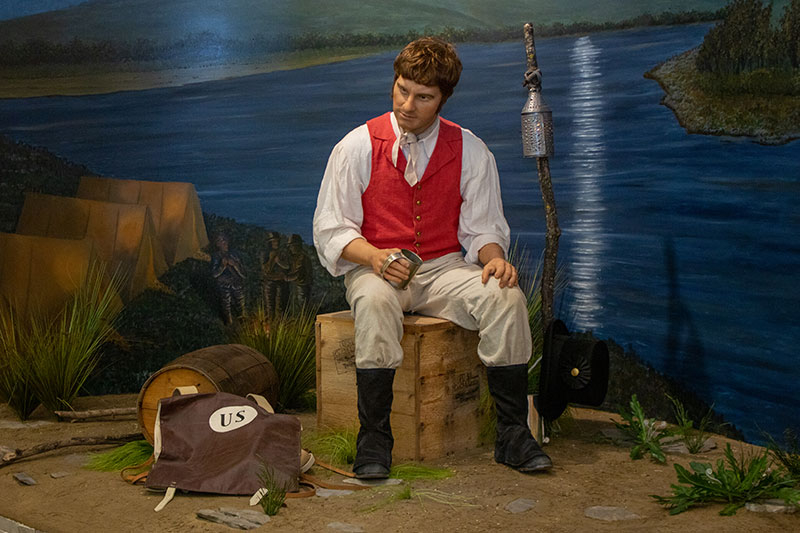Only one member of the expedition died during the trip
Sergeant Charles Floyd passed away in the vicinity of Sioux City, Iowa, in August 1804, making him the first casualty of the Lewis and Clark expedition. He was especially appreciated by Lewis and Clark because he was the first to apply for the corps. He was in better physical and educational shape than the majority of the others. He had "bilious colic," according to Lewis, but historians today think he had an appendix rupture. On a hill with a view of the Missouri River, Floyd was laid to rest. At his grave, a red cedar marker was erected with his name, position, and life dates. Lewis drew a map of the area and labeled it Floyd Bluff.
The expedition suffered from a variety of illnesses over the following two years, including diarrhea, snakebites, dislocated shoulders, and even venereal disease. Surprisingly, no one else perished on the journey before the explorers arrived back in St. Louis in September 1806 given the difficult winter weather, the fact that they were in uncharted territory, dealing with snake bites and other wild animals, and the fact that they were forced to deal with these dangers. One of the worst wounds Lewis sustained occurred on the way home when an enlisted man mistaken Lewis for an elk and unintentionally shot him in the buttocks. Even though he wasn't gravely hurt, the explorer was forced to spend a few agonizing weeks floating down the Missouri River on his belly in a canoe.











